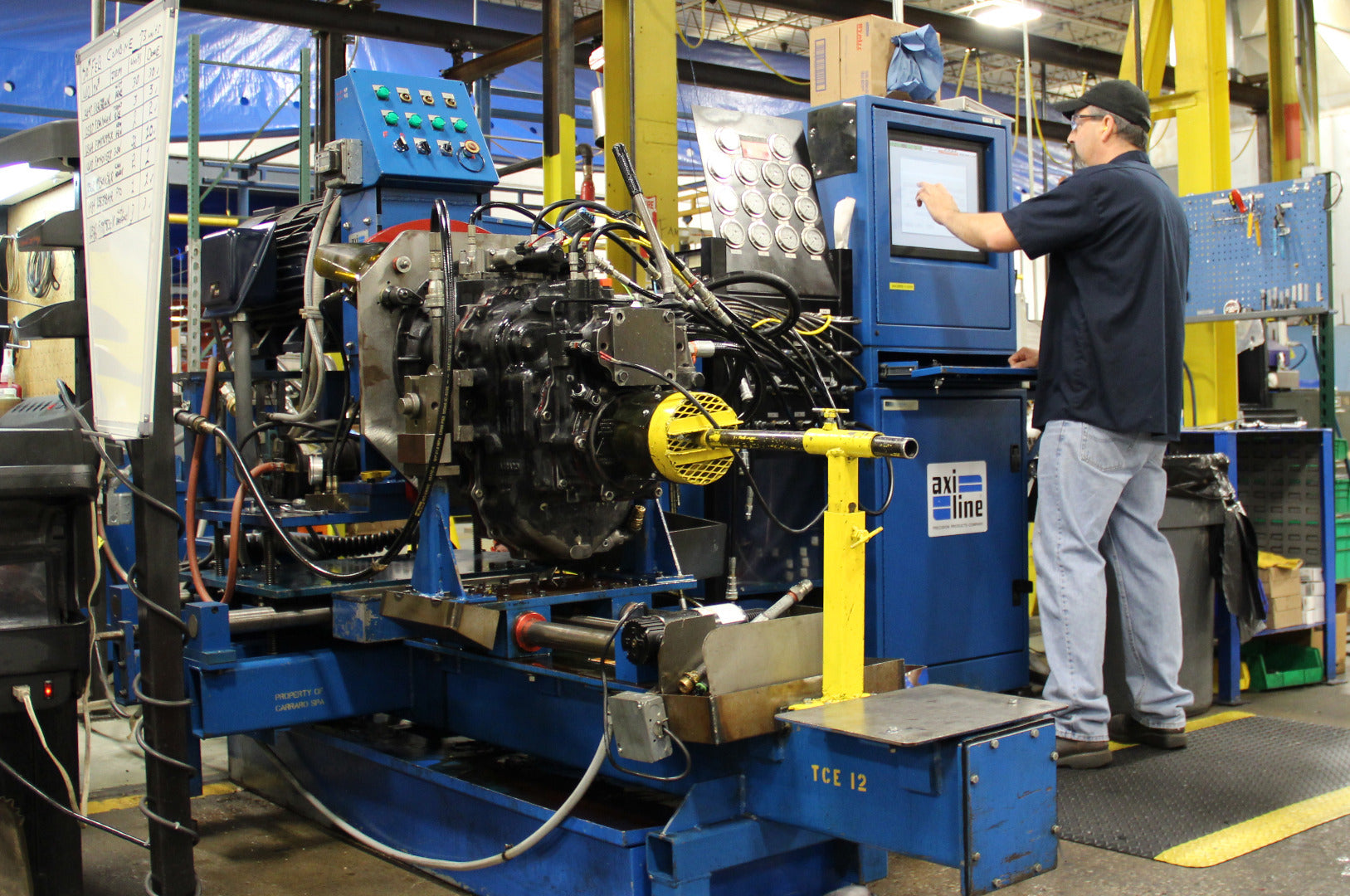
CHN Industrial Reman adds robotic laser cladding system to expand production
By CHN Industrial Reman
News Supplier stories expansion manufacturing supplier
CNH Industrial Reman recently added a robotic laser cladding system to its re-manufacturing facility. The technology adds cutting-edge capabilities to the re-manufacturing process, drastically increasing core recovery and utilization. In addition, this technology helps lengthen the life cycle, increase availability and lower the cost of ownership for critical remanufactured components within the CNH Reman portfolio.
“Laser cladding is an additive manufacturing process, so we can apply different, or better, materials to the surface of parts without damaging the base material,” said Josh Allen, salvage department supervisor at CNH Industrial Reman. “Not only does the laser cladding system help us fix things that once would have been scrap, but it also provides the capability to improve the wear and corrosion resistance of the component parts by impregnating the surface with different material options.”
While laser cladding technology has been around since the 1980s, the metallurgical and laser technology has improved significantly over the past 10 years. The modern technology is so efficient that it can apply a weld to a component without damaging the base material and make it as hard, or in some cases, even harder than it was previously, often resulting in improved performance and life.
To fix and improve component parts, the laser cladding system at CNH Reman uses a three-kilowatt Class 4 laser in a micro-welding process where powdered material is melted and introduced to the weld puddle of the substrate. The focal point on this is a one-millimeter diameter dot. Through the laser cladding process, CNH Reman can build up very small, damaged areas without disturbing the metallurgy or the previous heat treat. This also allows CNH Reman the ability to fix the part without disturbing the part more than necessary.
“We can fine-tune the heat and control with the laser so we can make adjustments at the micron level,” said Doug Davison, manufacturing engineering manager at CNH Industrial Reman. “Essentially, this allows us to repair worn components that we would normally throw away and reduces the number of new parts we need to purchase.”
The laser cladding system helps CNH Reman increase core utilization and extend the lifecycle of the core material, resulting in a lower cost of ownership for the end-customer. In addition, the laser cladding system allows CNH Reman to offer parts that are obsolete, or no longer made new.
“When you consider component parts for legacy equipment, many times they are no longer available to purchase new,” said Jeremy Kelley, product engineering manager at CNH Industrial Reman. “This technology gives us the capability to bring those components back to life. The laser cladding system allows us to save those components and restore to a like-new or many times better than when new condition.”
Re-manufactured parts for newer equipment also benefit from laser cladding. With the current supply chain issues, some parts have a much longer lead time than in the past. With the laser cladding system, CNH Reman can better control supply in-house and produce the product without having to depend on new parts supply or supplier delivery.
Currently, CNH Reman uses the laser cladding system to develop, test, proof and produce component parts. There are several elements at each stage of the laser cladding process. While currently only a small number of parts are in full production through the laser cladding system, CNH Reman leverages those parts by utilizing them in their products. The company plans to expand its laser cladding capabilities to more part numbers and components throughout the next several years.
To learn more about CNH Reman, visit mycnhreman.com.
Print this page